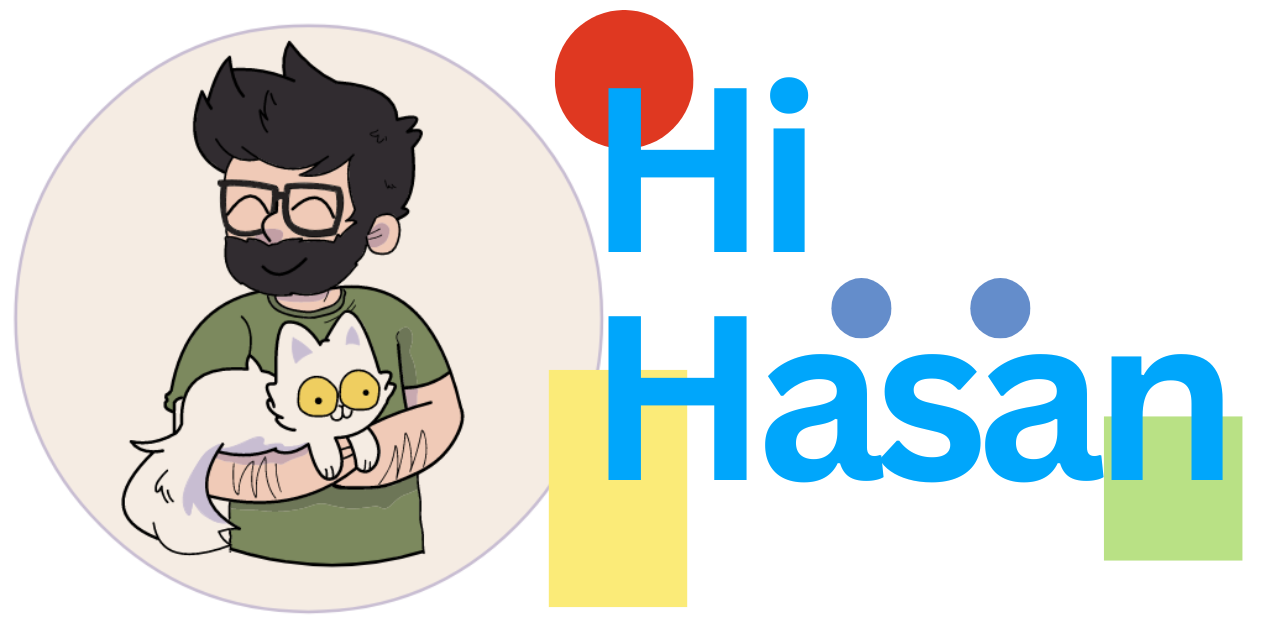“POP” in the context of programming can refer to “Protocol-Oriented Programming.” Protocol-oriented programming is a programming paradigm primarily associated with the Swift programming language, commonly used for developing iOS, macOS, watchOS, and tvOS applications.
In Protocol-Oriented Programming, the emphasis is placed on defining protocols (interfaces) that describe the methods and properties that types (classes, structs, enums) should conform to. This approach promotes code reuse, composition, and flexibility by allowing types to work to multiple protocols and inherit behavior from them. It is an alternative or complementary approach to object-oriented programming (OOP) and can lead to more modular and maintainable code.
In Swift, you can declare protocols using the protocol keyword, and types can conform to these protocols using the extension or class/struct/enum Declarations. This allows developers to create flexible and loosely coupled code by defining and using protocols to define interfaces and behaviors. Here’s a simple example of Protocol-Oriented Programming in Swift:
In this example, both the Car and Motorcycle structs conform to the Vehicle protocol, allowing them to be used interchangeably in code that expects a Vehicle type. This demonstrates the power and flexibility of Protocol-Oriented Programming in Swift.
Understanding the Fundamentals: Pop vs. OOP
“POP” (Protocol-Oriented Programming) and “OOP” (Object-Oriented Programming) are two different programming paradigms, each with its approach to structuring and organizing code. Here are the key differences between them:
- Abstraction and Inheritance:
- OOP: OOP focuses on objects as the central building blocks of a program. It emphasizes using classes and objects, which can have data (attributes) and behavior (methods). In OOP, you often use inheritance to create hierarchies of styles, with subclasses inheriting properties and behaviors from their superclasses.
- POP: POP places a stronger emphasis on protocol (interface) conformance. Instead of relying heavily on class inheritance, POP encourages you to define protocols that describe the expected behavior of types. Types (classes, structs, enums) then conform to these protocols to provide implementations. This allows for more flexibility and avoids some of the pitfalls of deep inheritance hierarchies.
- Composition vs. Inheritance:
- OOP: OOP relies on inheritance, where subclasses inherit properties and behaviors from their parent classes. While inheritance can promote code reuse, it can also lead to tightly coupled and inflexible code.
- POP: POP favors composition over inheritance. By defining protocols and allowing types to conform to multiple protocols, you can compose types with various behaviors more flexibly. This approach often results in more modular and loosely coupled code.
- Multiple Inheritance:
- OOP: Some OOP languages support single inheritance, meaning a class can inherit from only one superclass. Multiple inheritance can lead to complex issues like the diamond problem.
- POP: POP, as seen in languages like Swift, allows types to conform to multiple protocols, effectively providing a form of multiple inheritance. This can be done without some of the problems associated with traditional multiple inheritance.
- Flexibility and Extensibility:
- OOP: OOP can be less flexible when dealing with types that need to conform to multiple interfaces because it often relies on complex class hierarchies.
- POP: POP can be more flexible and extensible as types can conform to multiple protocols independently, allowing for greater modularity and code reuse.
- Language Support:
- OOP: OOP is a widely used paradigm and is supported by many programming languages, including Java, C++, Python, and C#.
- POP: POP is a concept closely associated with the Swift programming language, although similar principles can be applied in other languages with strong support for protocols/interfaces.
In summary, while both OOP and POP are valuable programming paradigms, they have different approaches to structuring code. OOP relies on class hierarchies and inheritance, while POP focuses on protocol conformance and composition. The choice between them depends on the specific requirements of your project and the programming language you are using.

